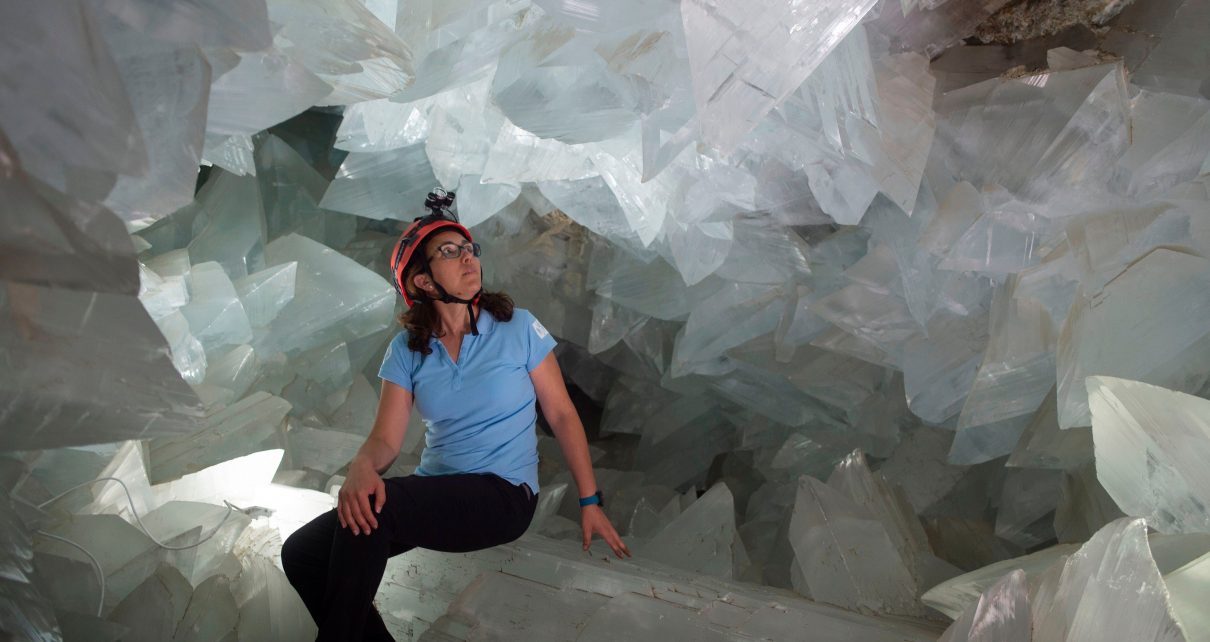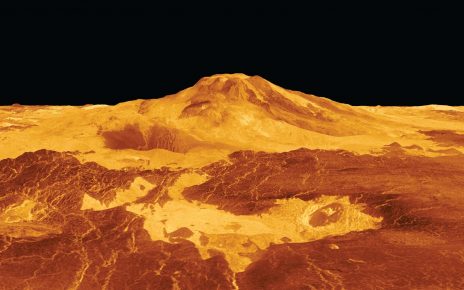Cities, countries and continents around the world, from Washington, D.C., to Europe to Antarctica, experienced the warmest winter ever recorded in 2019–2020. Decades of scientific research about how our planet works shows us without a doubt that our climate is changing. Now, as we face the realities of this climate crisis, it is science that will help save our planet.
However, we don’t have the right people at the table to address the biggest scientific questions we face, from how our climate is changing to when earthquakes happen. Almost 90 percent of geoscience doctoral degrees in the United States are awarded to people who are white, and faculty of color hold fewer than 4 percent of tenured or tenure track positions in top 100 geoscience departments.
This lack of diversity means we are missing those who could help us find solutions. It means we may not be considering all people and communities when seeking ways to adapt to our changing planet, save lives and deal with costly natural hazards.
It also means the world’s communities will become even more divided between those who can afford to develop and implement mitigation solutions to protect their neighborhoods and those who will have to assess their options after each extreme weather event.
No state in the U.S. is spared the impact of flooding. An estimated 40 million Americans have a 25 percent chance their home will flood before they can pay off a 30-year mortgage. Lower-income people, the elderly and minority communities are least likely to have flood insurance, access to transportation during an evacuation, cash on hand or the ability to relocate in the event of a flood. To address this issue, Miami Beach has been raising its roads so the city can adapt to its rising sea levels. Meanwhile, Mumbai, India, which is already below sea level and is flooded regularly during monsoon season, does not have the same resources to protect its residents.
Science, like any other area of human endeavor, is stronger when it is diverse and inclusive. The world needs scientists who can understand and work with the vulnerable communities that will be most affected by rising temperatures, increased flooding, bigger wildfires, stronger hurricanes and devastating earthquakes. Just as we will all need to pull together to curb the worst consequences of a warming world, we all need to act to ensure geoscience truly represents and includes everyone.
We are increasingly seeing other industries understand the vital importance of working with geoscientists to make their products more sustainable and responsible, from the development stage through product retirement. From the fashion to the real estate industries, diversity means all of us must work together to create real, actionable solutions. But if we work only with homogenous groups, the solutions that are developed may only address a small portion of the world or inadvertently harm another.
As the largest organization representing Earth and space scientists, the American Geophysical Union (AGU) is committed to fostering and creating a more diverse and inclusive workforce, and we are taking steps to get there. Nearly two decades ago, the organization set out to elevate and address the concern about the lack of diversity in the geoscience workforce. As a result of these efforts, our membership is now nearly 40 percent international and scientists from more than 130 countries attended our most recent annual fall meeting. Today, women hold many of the top leadership positions at AGU and received more of our top honors in 2019 than ever before.
There have been improvements in gender diversity in the geosciences but, almost 20 years later, we still see a gender gap in Earth and space science, and historically underrepresented ethnic and cultural minorities in the U.S., people from developing countries and people with disabilities are less likely to be included in the geoscience community. We have not (yet) removed the barriers that existed decades ago, and Indiana Jones and similar stereotypes remain our default images of a geoscientist.
As we head into a new decade, we are calling on everyone—scientists and non-scientists alike—to help foster diversity in Earth and space science because our future depends on a diverse scientific workforce. We all need to encourage children to study Earth science and follow diverse scientists on social media if we are going to start to address this crisis.
Our pledge at AGU is to continue to ensure we are fostering diversity and inclusion at every level of our organization and in the greater geoscience community. We are taking steps to create a more diverse and inclusive geoscience talent pool, foster inclusive environments in the STEM community, address environmental issues in diverse, local communities and combat sexual harassment in science.
We are also working to make science accessible to all. More than 96 percent of content published in our scientific journals is free, and seven of our 22 journals are fully open-access. Yet, there are researchers who still do not have the funding to publish their research in these open-access journals and scientists who are producing valuable research that is unfunded. Through multiple approaches at AGU, we are enabling the publication of high-quality scientific research from all parts of the world.
We also recognize that more needs to be done and that changing the Earth and space science workforce will take time. We urge everyone to pull together to transform the geoscience community. Now is the time to make a new resolution to create a community that reflects and works for everyone. Our planet depends on it.



